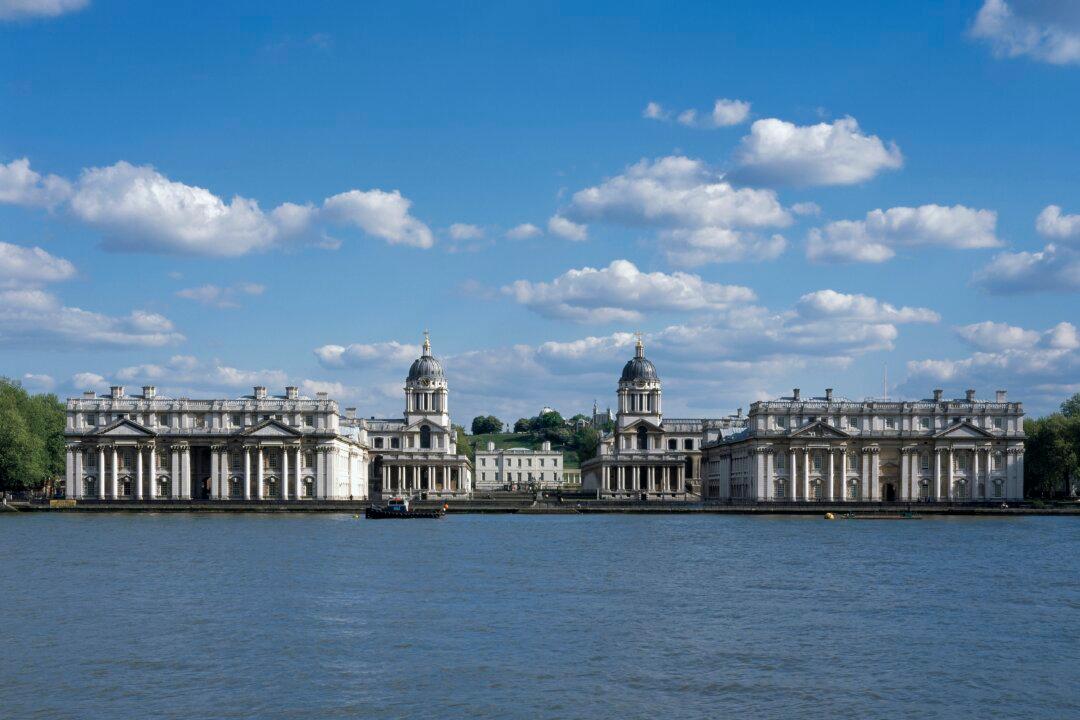Greenwich Palace—the birthplace of the Tudor monarch King Henry VIII—once stood on the site where the Old Royal Naval College now stands in Greenwich, London.
Known as “the father of the royal navy,” Henry made substantial investments in his fleets. Located beside the River Thames, the palace site was ideal for Henry to be close to the docks where his favorite warships, the Great Harry and the Mary Rose, were moored.






